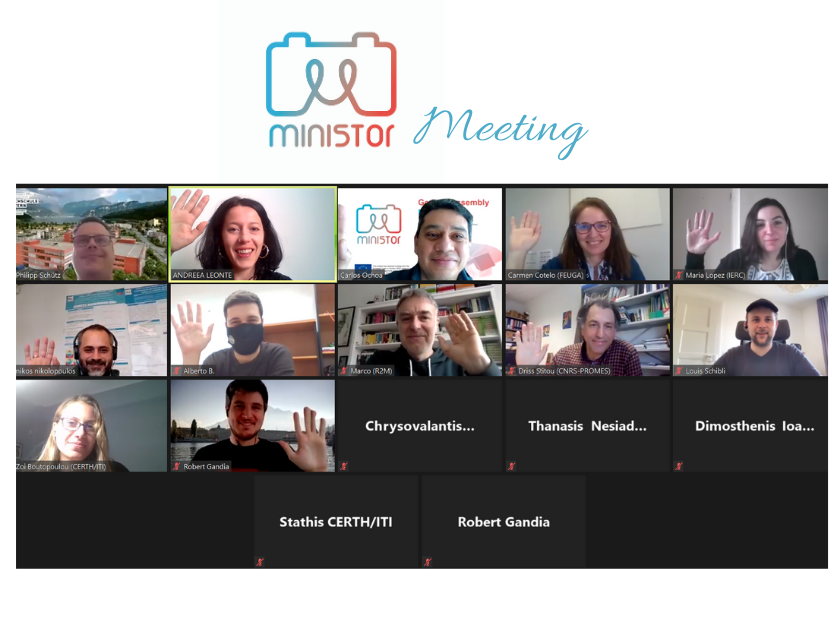
- By MiniStor
- No Comments
2021 MiniStor Highlights
If 2020 was a different year for all of us, 2021 seems to progress in a similar line, at least for the first six months of this year. Thus, some adjustments are required at all levels. Moreover, one of the pandemic’s consequence has been for us staying indoors more than never. Probably, more of our attention was directed to the quality of our homes in terms of the quality of our indoor environment: comfort, safety, health, family, physical and psychological wellbeing, as well as the quality of our income and related building services (water, electrical and heat energy, etc.).
The energy systems at household level have an impact on all these issues, with a direct impact on the life quality, the degree of which depends on each case. Here, the MiniStor project comes into play, working hard on developing a Minimal Size Thermal and Electrical Energy Storage System for In-Situ Residential Installation. Moreover, and as several projects working in the same line, it is not just about solutions’ development, but beyond: to harness the energy efficiency potential of the European building stock, and achieve energy efficiency and sustainability, concepts that go hand in hand with wellbeing in the long-term.
What could you expect from MiniStor in the first part of 2021? You are invited to take a look to this overview of our progress.
MiniStor’s work package leaders met in March putting together latest progress of the project and the present and future adjustments required. Motivation is on since the first day and it is constantly present in this co-working process.
There have been significant developments describing the steps needed for making a reality the Compact Integrated Thermal Storage System. In this line, WP2 to WP5 deal with research and technological development, such as the definition of system context and limits for use or the design of the hot and cold PCM materials and their vessels.
Also, since quality, reliability, future commercialization or technical actions to follow depend on compliance of European and national standards and legislation, an analysis of the relevant legislation and standards for system application is made and results will be shared through a public deliverable for this topic.
The pandemic situation has particularly hit hard demonstration activities. WP6 is the workflow affected by it, but this was kind of expected taking in account the state of affairs. WP6 deploys the prototypes in different climatic zones of Europe and most of MiniStor demo sites have already monitoring equipment. Partners involved in WP6’s activities monitor these demo sites, without forgetting the importance of tenants, their acceptance of MiniStor actions and their opinions. More details about these demo sites will be shared through different communication actions and channels, but most of the technical results from WP6 will be available starting from the second part of this year if the health emergency situation allows so in each of the demo site countries.
WP7 and WP8, focused on study market implementation and dissemination, respectively, are progressing as expected in the current situation. Stakeholders and citizens at European level, as key part of the research and innovation process, will be addressed through different activities, such as networking and joint actions mainly through online channels until face-to-face actions become safe. All partners are continuously co-working to achieve fruitful interactions with all stakeholders and to timely deliver the expected results in the benefit of the whole community that aims to achieve energy efficiency in Europe.